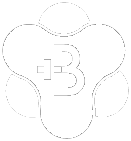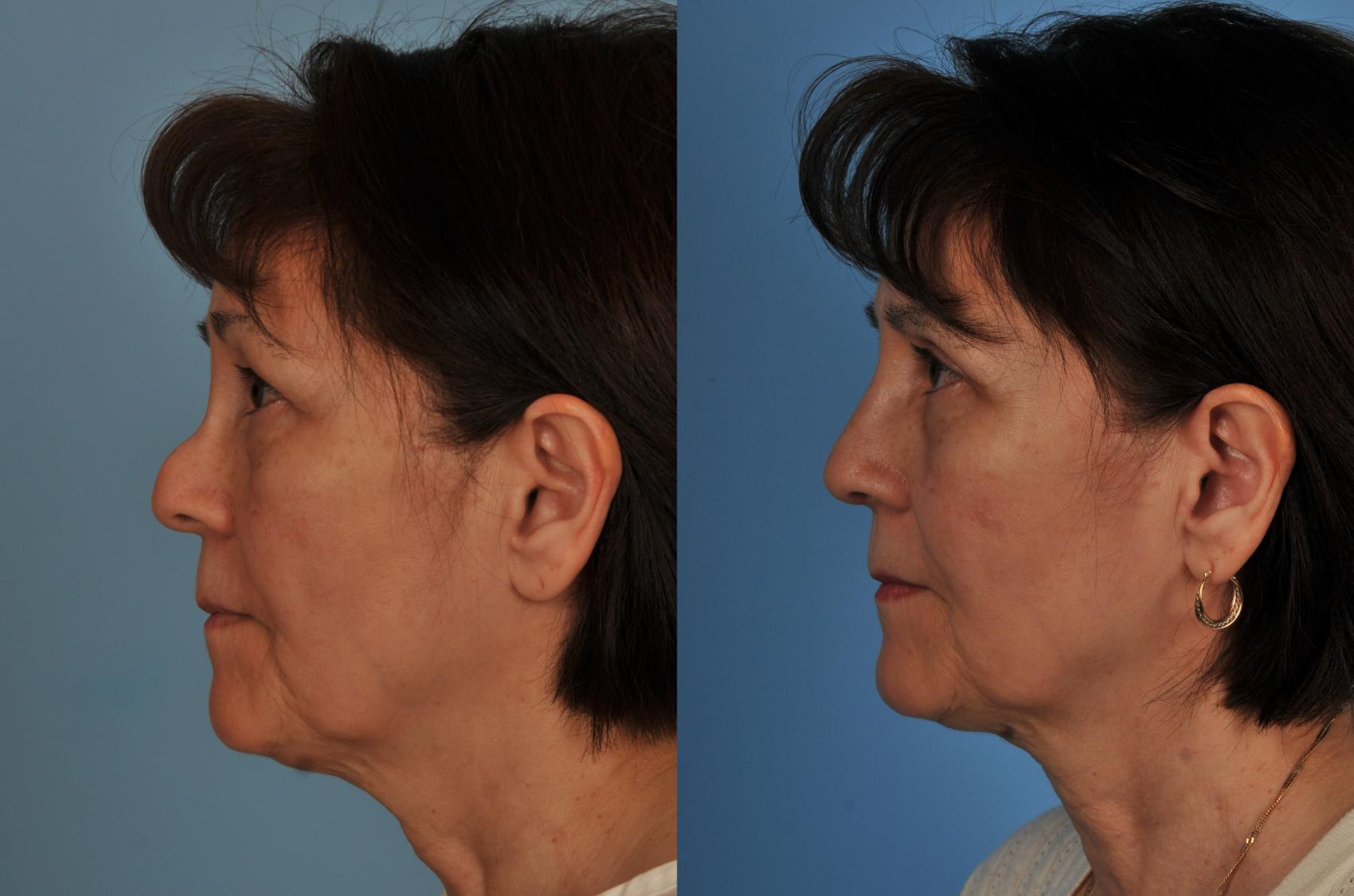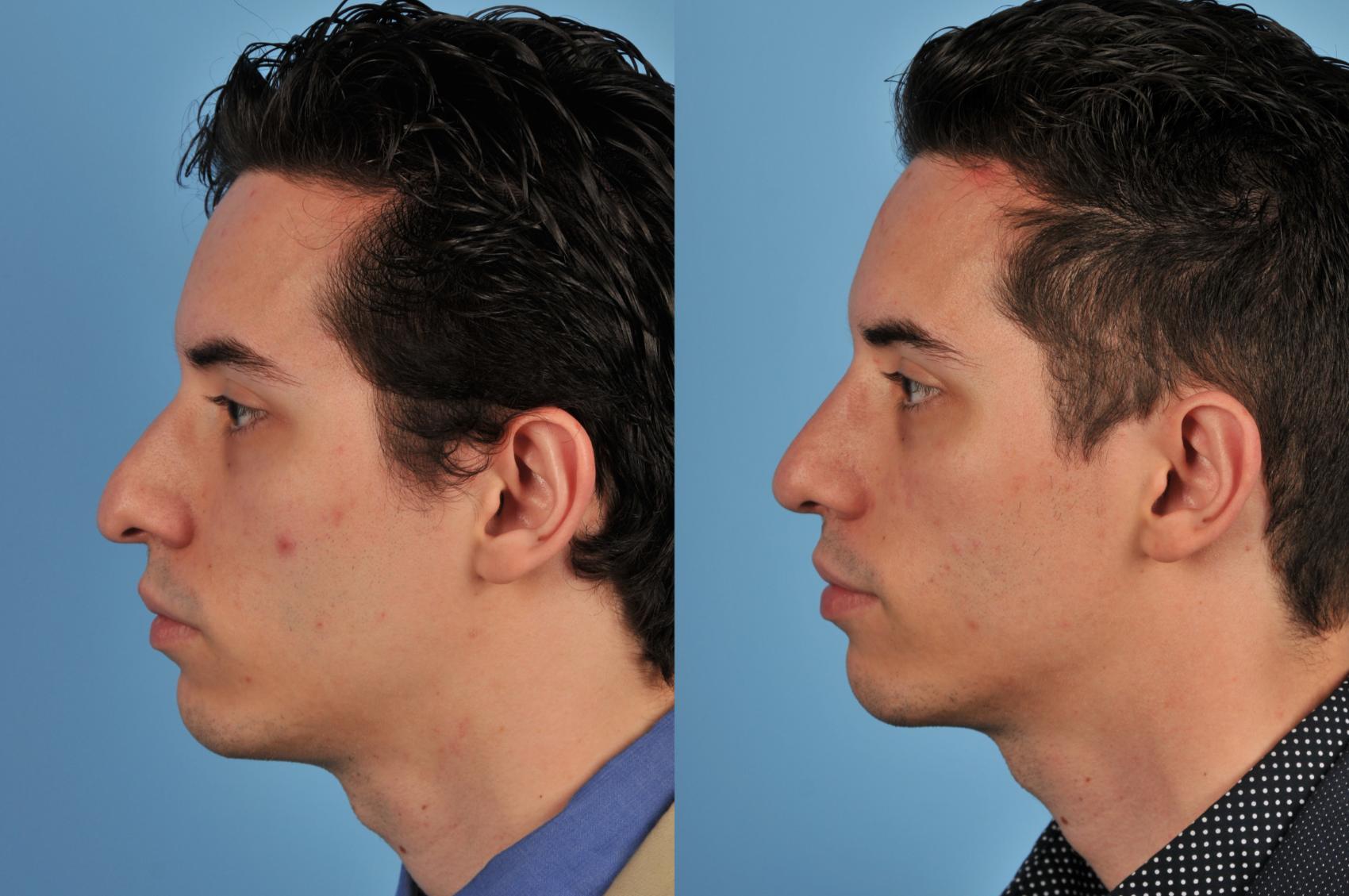Ford Plastic Surgery
410-7 St Thomas Street
Toronto, ON M5S 2B7
Phone: (416) 925-7337
Monday–Friday: 8:30 a.m.–4:30 p.m.
Ford Plastic Surgery
305-419 King Street West
Oshawa, ON L1J 2K5
Phone: (905) 743-9888
Monday–Friday: 8:30 a.m.–4:30 p.m.
Rhinoplasty (Nose Job) in the Toronto Area
Dr. Derek Ford and Dr. Steven Hanna specialize in rhinoplasty, often called a “nose job,” in Toronto at Ford Plastic Surgery. Rhinoplasty can correct both cosmetic and functional issues with the nose. As the central facial feature, the nose plays an important role in your overall appearance. If it is misshapen or out of proportion with your other features, it can cause you to feel self-conscious. If it is not functioning properly, your breathing may be impaired, which can cause discomfort and other problems. Having trained with some of the world’s leading facial surgeons, Dr. Ford and Dr. Hanna are uncommonly qualified to perform rhinoplasty, and are often sought to perform revision procedures on patients who have undergone prior nose surgery elsewhere.
If you think your nose could benefit from nose surgery, request a consultation online with one of our surgeons, or call our Toronto office at (416) 925-7337 or our Oshawa office at (905) 743-9888 to schedule your appointment.
Dr. Ford and Dr. Hanna are uncommonly qualified to perform rhinoplasty, and are often sought to perform revision procedures on patients who have undergone prior nose surgery elsewhere.
What Can Rhinoplasty Do?
Rhinoplasty is one of the most popular cosmetic surgeries performed and also one of the most complex. Over the years, the techniques used for this procedure have been significantly refined, boosting the surgery’s safety and effectiveness.
Rhinoplasty is a general term that encompasses a variety of nose-reshaping techniques, and it can be used to correct many different concerns related to the nose. These include:
- Drooping or bulbous tip
- Nasal hump
- Crooked or misshapen nose
- Excessive width
- Excessive length
- Respiratory difficulties due to structural abnormalities
Assessment
Your consultation is an important time to share your aesthetic goals with your surgeon. You can bring in photos of noses you like to help your surgeon better understand their preferences. Together, you’ll discuss what’s possible for your particular anatomy and the techniques your surgeon will use to give you the results you want. Also, during this appointment, your surgeon reviews your medical history and asks questions about your lifestyle to determine your candidacy for surgery. While rhinoplasty patients tend to be younger than people who undergo other types of cosmetic surgery, it’s still important that the noses of prospective patients are fully developed in order to undergo a successful surgery. Full maturation typically occurs by about age 16.
In cases of a deviated septum or other structural abnormalities, your surgeon can also perform rhinoplasty, with or without cosmetic changes, to improve the nose’s functions.
A Talented Duo
With their expertise in facial plastic surgery, Dr. Derek Ford and Dr. Steven Hanna create attractive, natural-looking results using advanced techniques. Both are Fellows of the Royal College of Physicians and Surgeons of Canada who provide compassionate patient care.
Learn more about our surgeons
Meet Dr. Derek Ford Meet Dr. Steven HannaHow Is Rhinoplasty Performed?
In the majority of cases, our surgeons prefer to use an “open” technique. This approach, which requires a small incision made across the strip of skin between the nostrils, allows for greater control and accuracy during surgery while still creating a very discreet scar. Your surgeon sculpts the underlying framework of the nose, reshaping it to your specifications. This may require removing a small amount of tissue or even “shaving down” cartilage, especially in cases where a nasal hump is present. Your surgeon keeps you apprised of his surgical technique prior to your procedure so you know exactly what to expect.
How Long Is Rhinoplasty Recovery?
It usually takes about a week for patients to return to work or school after a nose job. Even though the days and weeks following rhinoplasty are not without some discomfort, the overwhelming majority of patients are pleased with their recuperative periods.
Our surgeons use internal nasal splints to keep your airways open while your nose heals, easing breathing and reducing the congested feeling many rhinoplasty patients experience. Your nose will be bandaged, and a splint will be in place, so you may not feel comfortable in social settings until these are removed after about 2 weeks. During this time, it’s also important to avoid exercise and other vigorous activities, as these can raise your blood pressure and increase the risk of swelling and bleeding. Take it easy, and don’t overexert yourself.
How Much Does Rhinoplasty Cost in Toronto?
The cost of rhinoplasty depends on several factors, including the technique used during the procedure, the extent of the surgery, and whether it’s combined with other cosmetic treatments. During your consultation, your surgeon will discuss your options and we’ll provide a detailed price quote that you can review.
For procedure pricing, please visit our Pricing & Financing page.
*Prices exclude taxes
Calculate Your Payment
Combining Rhinoplasty With Other Procedures
Although rhinoplasty is typically performed as a solitary procedure, it can amplify the results of chin or cheek augmentation or even facelift surgery for a significant improvement to your face’s structure. If you’re interested in combining your rhinoplasty with another procedure, our plastic surgeons help you understand what’s possible during your consultation.
Rhinoplasty FAQ
Will rhinoplasty change my appearance drastically?
A rhinoplasty will change the shape of your nose, projection, size, and appearance. In our practice, we prioritize not changing your identity.
Will a rhinoplasty affect my sense of smell?
Rhinoplasty can temporarily affect your sense of smell, but normal function typically returns as swelling subsides during recovery.
Is rhinoplasty covered by OHIP?
Aesthetic rhinoplasty is not covered by OHIP. In some cases, functional nasal procedures such as septoplasty may be covered.
Is rhinoplasty painful?
Recovery from rhinoplasty is typically quite comfortable. Most patients manage any discomfort with Tylenol. Occasionally, a single dose of stronger medication may be used on the first day.
What does a nose job feel like?
In our practice, all rhinoplasty procedures are performed under general anesthesia, and patients are asleep for the entire surgery.
What is rhinoplasty recovery like?
Immediately after the procedure, patients wake in the recovery area with a splint and a light dressing on the nose. They go home the same day once settled. Pain is usually minimal and easily controlled with Tylenol. Congestion is common, usually peaking around days 3–5, and then improving. Patients return at 7 days for splint, dressing, and suture removal. Follow-up typically continues at 1 month, 3 months, 6 months, and 12 months post-op to monitor healing.
Request Your Rhinoplasty Consultation
If you are considering rhinoplasty, request a consultation online with one of our surgeons, or call our Toronto office at (416) 925-7337 or our Oshawa office at (905) 743-9888 to schedule your appointment.









